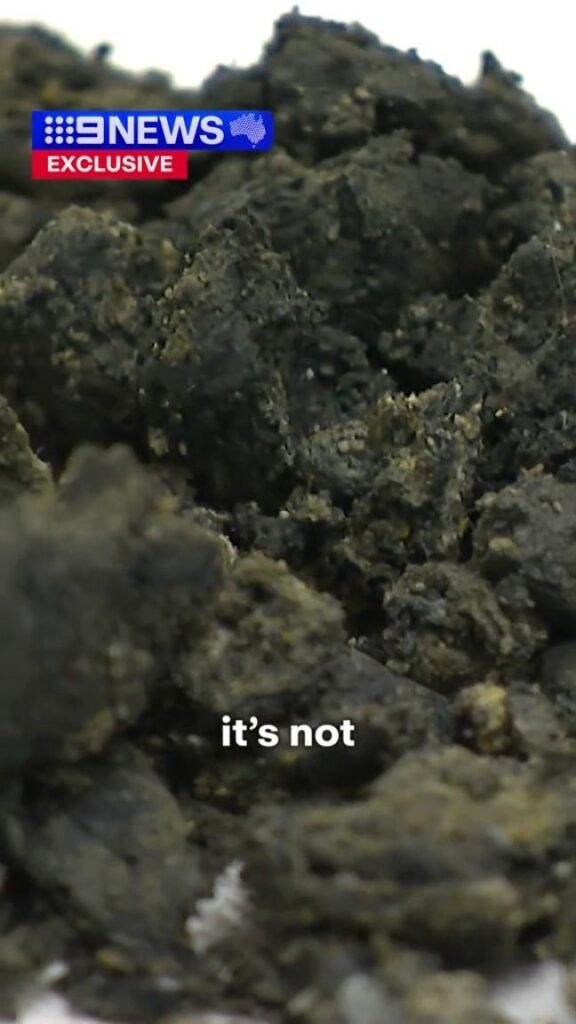Mysterious black balls recently washed ashore on the beaches of Sydney, Australia, created quite a stir when they were initially thought to be tar balls, a common phenomenon linked to oil spills. These peculiar objects were first spotted at Bondi Beach on October 16, sparking concern and curiosity among beachgoers and authorities alike. As other similar formations appeared on beaches throughout the city in the subsequent days, environmental officials scrambled to determine their nature and origin, prompting a closer examination of the materials involved.
Testing and investigation led by researchers revealed that these black balls are actually miniature “fatbergs,” which are dense accumulations of fatty substances, grease, and sewage that can cause significant blockages in sewer systems. The contents of the balls included cooking oil, soap scum, industrial chemicals, drug residues, human hair, and notably, human feces. This unexpected discovery has raised alarms about the state of urban sewage management in Sydney, as it not only indicates pollution but also the failure of waste systems to properly manage and treat effluents.
University of New South Wales Associate Professor Jon Beves, who was at the forefront of the investigation, described the foul odor emanating from the black balls, stating it was “absolutely disgusting” and worse than anything he had previously encountered. His team’s findings highlighted that the hazards posed by these objects are not just a nuisance for beachgoers; they also suggest broader implications for public health and environmental safety, emphasizing the importance of maintaining proper water management systems.
Despite the alarming nature of the findings, Sydney Water representatives have stated that they are not aware of any ongoing issues affecting the city’s wastewater system. This raises essential questions regarding where the pollution is coming from and whether there are broader systemic failures impacting the urban water infrastructure. Public agencies, including the New South Wales Environmental Protection Authority, are now conducting ongoing investigations to track the source and impact of these fatberg-like formations.
The incident sheds light on the growing problem of urban waste and its ramifications for both marine and public health. Fatbergs have gained notoriety in various urban settings worldwide, resulting from the improper disposal of fats, oils, and greases, along with other non-biodegradable materials being flushed down toilets. The occurrence of such bizarre objects in Sydney’s coastal waters compels a collective reassessment of waste management practices to mitigate similar occurrences in the future.
In conclusion, the emergence of these miniature fatbergs on Sydney’s beaches highlights the pressing need for improved urban waste management and public awareness regarding responsible disposal practices. As investigations continue, there is an urgent call for authorities to ensure that measures are taken to protect both the environment and public health from the repercussions of urban pollution. The incident serves as a pivotal reminder of the interconnectedness of urban infrastructure and the natural environment, urging policymakers to prioritize sustainability and ecological considerations in urban planning.

